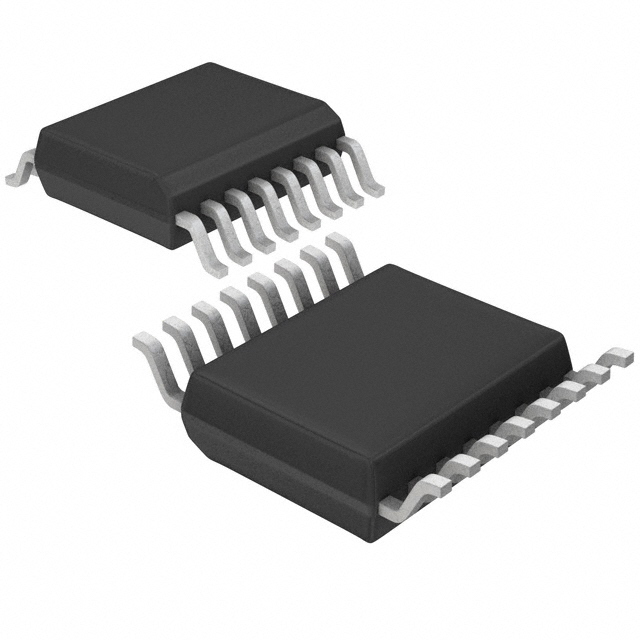MPR181EJ
Manufacturer No:
MPR181EJ
Manufacturer:
Description:
IC SCREEN CNTRL 16TSSOP
Datasheet:
Delivery:





Payment:




In Stock : 0
Please send RFQ , we will respond immediately.









MPR181EJ Specifications
-
TypeParameter
-
Supplier Device Package16-TSSOP
-
Package / Case16-TSSOP (0.173", 4.40mm Width)
-
Mounting TypeSurface Mount
-
Operating Temperature-
-
Current - Supply-
-
Voltage - Supply-
-
Voltage Reference-
-
Interface-
-
Resolution (Bits)-
-
Touchscreen-
-
PackagingTube
-
Product StatusObsolete
-
Series-
The EPM2210GF256C5RR is an integrated circuit chip from the EPM2210 family of devices, which are part of the MAX II CPLD series by Intel (formerly Altera). Here are some advantages and application scenarios of this specific chip:Advantages: 1. High-density programmable logic: The EPM2210GF256C5RR chip offers a high-density programmable logic array, allowing for the implementation of complex digital logic functions. 2. Low power consumption: It is designed to operate with low power consumption, making it suitable for power-sensitive applications. 3. Non-volatile configuration memory: The chip features non-volatile flash memory, which means that the programmed logic configuration is retained even when power is removed. 4. Fast performance: It offers fast propagation delays and high-speed operation, enabling efficient execution of logic functions.Application Scenarios: 1. Industrial automation: The EPM2210GF256C5RR chip can be used in industrial automation systems for tasks such as control and monitoring of machinery, process control, and data acquisition. 2. Communications equipment: It can be employed in various communication devices, including routers, switches, and network interface cards, to implement specific logic functions required for data processing and routing. 3. Consumer electronics: The chip can be utilized in consumer electronics products like gaming consoles, set-top boxes, and audio/video equipment to implement custom logic functions and control interfaces. 4. Automotive systems: It can be integrated into automotive systems for applications such as engine control units, advanced driver-assistance systems (ADAS), and infotainment systems, where programmable logic is required. 5. Medical devices: The chip can find applications in medical devices like patient monitoring systems, diagnostic equipment, and medical imaging devices, where it can be used to implement specific logic functions and control interfaces.It is important to note that the specific advantages and application scenarios may vary depending on the requirements and design considerations of the target system.
MPR181EJ Relevant information
-
TSC2007IPW
Analog Devices Inc. -
TSC2007IPW
Analog Devices Inc. -
CYAT81688-100AS71Z
Cypress Semiconductor Corp -
TSC2005IYZLT
Analog Devices Inc. -
CY8CTMA340-48LQI11KG
Cypress Semiconductor Corp -
CY8CTMA463-56LQI
Cypress Semiconductor Corp -
ADS7846IPWRSV
Texas Instruments -
ADS7843IDBQRHB
Texas Instruments -

ADS7843E
Burr Brown -
HPA00765IYZGR
Texas Instruments







